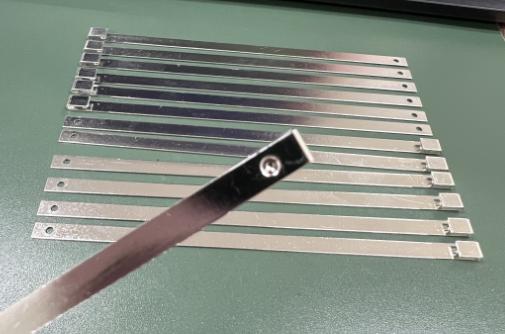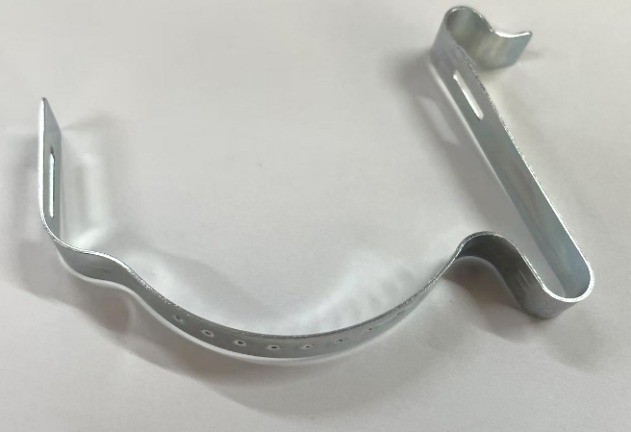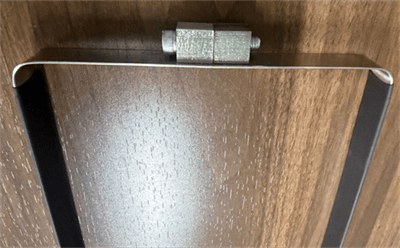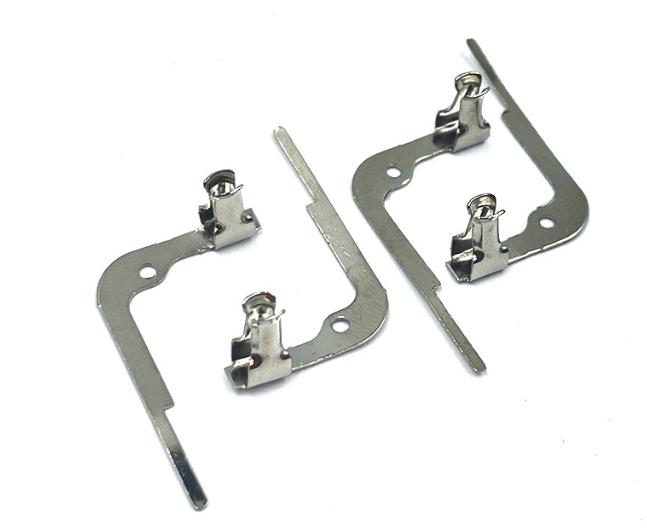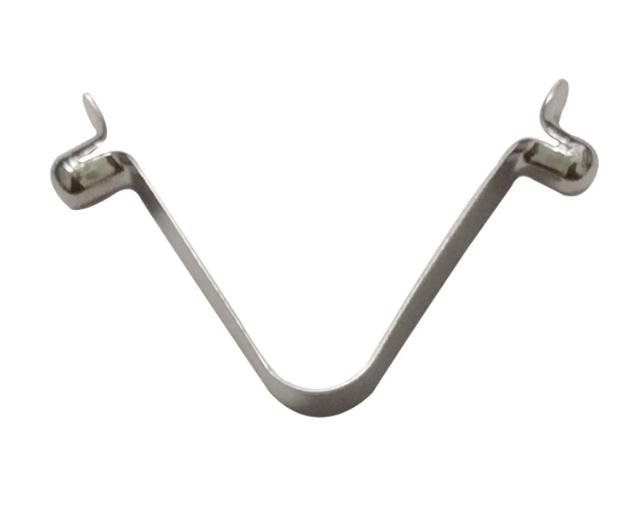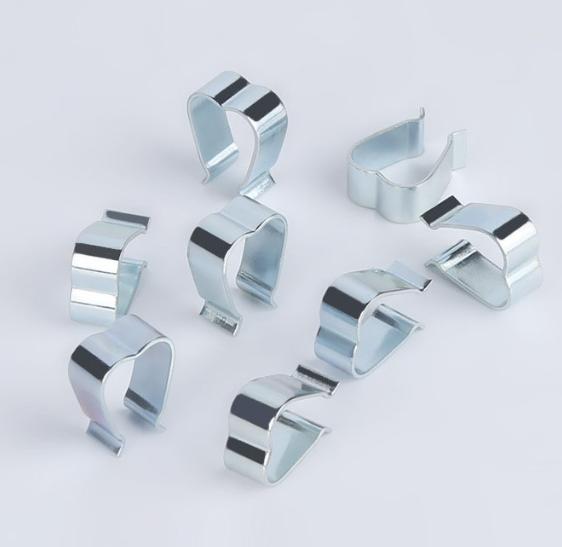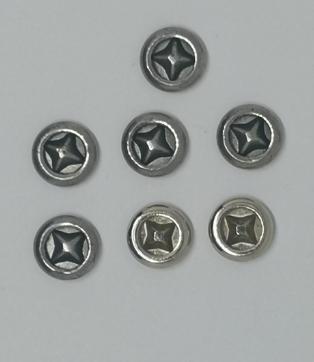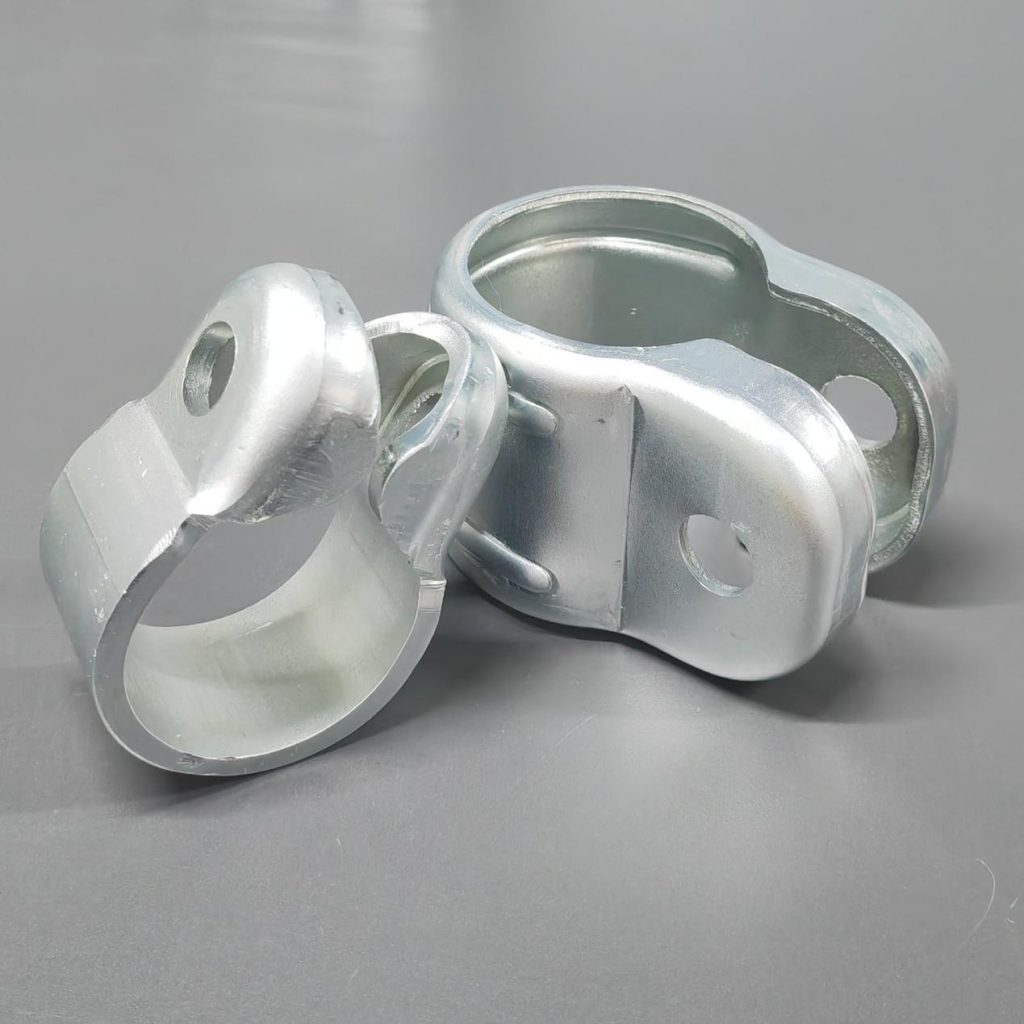Exploring Advanced Metal Stamping Techniques: How They Revolutionizing the Manufacturing Industry
Metal stamping is a versatile and widely used manufacturing process that enables the creation of complex and precision-engineered parts from a variety of metals. Advances in technology and techniques have revolutionized the field over the years, leading to the development of advanced metal stamping techniques. In this article, we’ll explore advanced metal stamping techniques, their applications, and the advantages they provide to various industries.
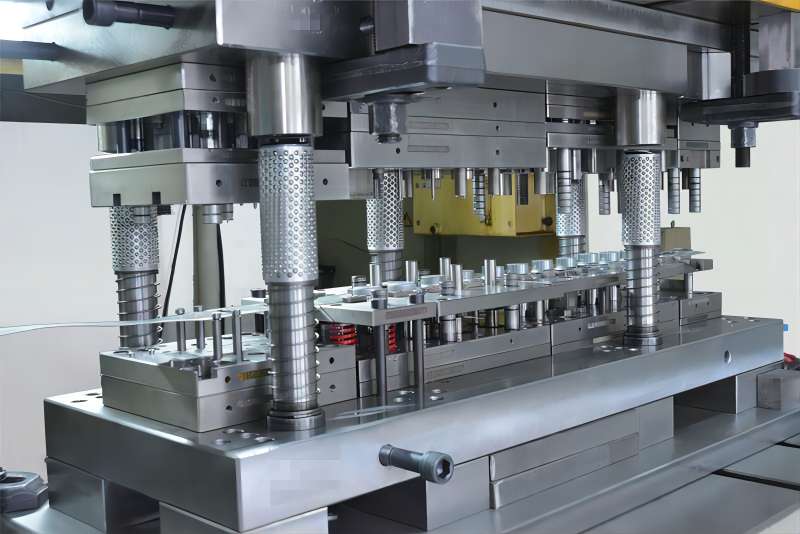
Key Advanced Metal Stamping Techniques
To meet the demands of modern industries, advanced metal stamping techniques go beyond traditional metal stamping methods.
1. Precision Progressive Stamping
Progressive stamping is a sophisticated technique for producing intricate parts in a single pass. Within a single die, multiple operations such as cutting, bending, and forming are performed in sequential stations.
This method is highly efficient, reduces production time, and is cost-effective for high-volume manufacturing.
Industries such as automotive and consumer electronics benefit from precision progressive stamping when producing parts like brackets, clips, and connectors.
2. Fine Blanking
Fine blanking is a metal stamping technique used to create components with extremely tight tolerances and smooth edges.
It is ideal for applications requiring high part quality and consistency, such as gears, sprockets, and clutch plates.
Fine blanking reduces fracture zone formation, resulting in superior edge quality and part accuracy.
3. Compound Die Stamping
Compound die stamping combines multiple stamping operations into a single die, allowing complex parts to be created with minimal material waste.
This technique is inexpensive and ideal for producing intricate components, making it indispensable in industries such as aerospace and precision engineering.
Compound die stamping is used to make components such as flanges, brackets, and connectors.
4. Microstamping
Microstamping is a specialized technique for producing miniature and high-precision parts, frequently on the micro-scale.
It is widely used in medical devices, electronics, and aerospace for components such as connectors, sensors, and microgears.
Microstamping uses micro-scale tooling and precision machinery to produce tiny, intricate parts with strict quality control.
5. Progressive Deep Drawing
Progressive deep drawing is a technique that combines progressive stamping and deep drawing to create intricate deep-drawn components.
It is frequently used to manufacture parts such as cups, cans, and automotive components that require deep forming with precise details.
For high-volume production, progressive deep drawing is effective.
6. Hydroforming
Hydroforming is a metal forming technique that shapes sheet metal into complex and lightweight components using pressurized fluid.
It is particularly beneficial for manufacturing parts with irregular shapes, such as automotive components, exhaust systems, and bicycle frames.
Hydroforming allows for increased design flexibility and reduced tooling costs.
7. Embossing and Coining
Embossing and coining are advanced metal stamping techniques used to create raised or recessed features on metal surfaces.
These techniques are often employed for decorative purposes, branding, or enhancing the structural integrity of parts.
Embossed patterns can be found on various products, including appliance panels, automotive components, and consumer goods.
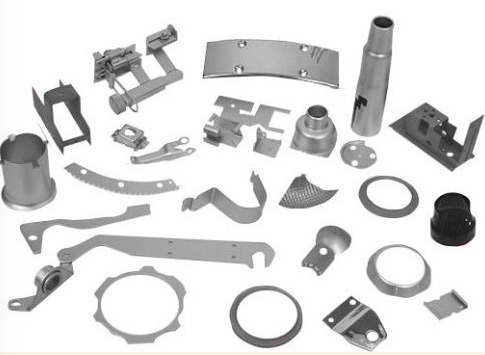
Applications of Advanced Metal Stamping Techniques
Automotive Industry
In the automotive industry, advanced metal stamping techniques are widely used to manufacture components such as engine parts, brackets, and structural components.
Precision progressive stamping is commonly used to mass produce small and medium-sized parts in large quantities.

Aerospace Industry
Compound die stamping is useful in the aerospace industry for intricate and lightweight components such as brackets, flanges, and interior parts.
Precision gears, sprockets, and other high-tolerance parts are made using fine blanking.
Electronics and Electrical Industry
Microstamping plays a crucial role in the production of miniaturized electronic components like connectors, sensors, and semiconductors.
Fine blanking is used to create precise electrical contacts and connectors.

Medical Devices
Microstamping techniques are instrumental in manufacturing critical components for medical devices, ensuring precision and high quality.
Progressive stamping is employed to produce large quantities of medical components like surgical instruments and implants.
Benefits of Advanced Metal Stamping Techniques
High Precision
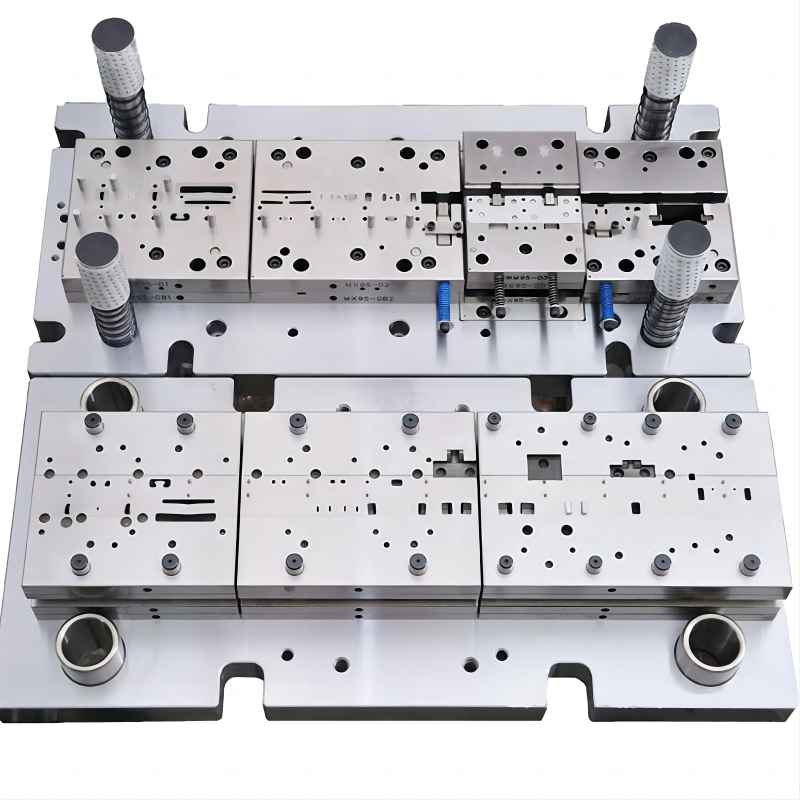
Efficiency
These techniques are extremely efficient, reducing production time and material waste, making them ideal for high-volume manufacturing.
Customization
Advanced metal stamping is a versatile solution because it can be tailored to specific design and engineering requirements.

Consistency
These techniques produce consistent and repeatable results, making them ideal for applications requiring dependability and consistency.

Conclusion
Advanced metal stamping techniques have reshaped the manufacturing landscape by offering high precision, efficiency, and customization options to a wide range of industries. These methods are essential in the manufacture of complex and high-quality components. As technology advances, the world of metal stamping will evolve to meet the ever-increasing demands of modern manufacturing.

